Potrebujeme váš súhlas na využitie jednotlivých dát, aby sa vám okrem iného mohli ukazovať informácie týkajúce sa vašich záujmov. Súhlas udelíte kliknutím na tlačidlo „OK“.
ASTM C871-11e1
Standard Test Methods for Chemical Analysis of Thermal Insulation Materials for Leachable Chloride, Fluoride, Silicate, and Sodium Ions (Includes all amendments And changes 3/14/2018).
Automaticky preložený názov:
Štandardné skúšobné metódy pre chemickú analýzu tepelnoizolačných materiálov pre rozpustný chlorid, fluorid hlinitý, a sodíka
NORMA vydaná dňa 15.5.2011
Informácie o norme:
Označenie normy: ASTM C871-11e1
Poznámka: NEPLATNÁ
Dátum vydania normy: 15.5.2011
Kód tovaru: NS-15396
Počet strán: 5
Približná hmotnosť: 15 g (0.03 libier)
Krajina: Americká technická norma
Kategória: Technické normy ASTM
Kategórie - podobné normy:
Anotácia textu normy ASTM C871-11e1 :
Keywords:
chemical analysis, chloride, fluoride, silicate, sodium, thermal insulation, Austenitic stainless steel thermal insulation, Chemical analysis--insulation, Chloride analysis, Corrosion--insulating materials, Corrosion--stress-corrosion, Ion analysis, Leachates/leaching, Silicate content, Sodium content, Stress corrosion cracking (SCC), Thermal insulating materials, ICS Number Code 91.100.60 (Thermal and sound insulating materials)
Doplňujúce informácie
| Significance and Use | ||||||||||||
|
Research has demonstrated that in addition to the halide ion chloride; fluoride ions, when deposited and concentrated on the surface of austenitic stainless steel, can contribute to external stress corrosion cracking (ESCC) in the absence of inhibiting ions. Two widely used insulation specifications that are specific to ESCC allow the use of the same Test Methods C692 and C871 for evaluation of insulation materials. Both specifications require fluoride ions to be included with chloride ions when evaluating the extractable ions. Chlorides (and fluorides) can be constituents of the insulating material or of the environment, or both. Moisture in the insulation or from the environment can cause chlorides (and fluorides) to migrate through the insulation and concentrate at the hot stainless steel surface. The presence of sodium and silicate ions in the insulation has been found to inhibit external stress corrosion cracking caused by chloride (and fluoride) ions, whether such ions come from the insulation itself or from external sources. Furthermore, if the ratio of sodium and silicate ions to chloride (and fluoride) ions is in a certain proportion in the insulation, external stress corrosion cracking as a result of the presence of chloride (and fluoride) in the insulation will be prevented or at least mitigated (see also Specification C795). |
||||||||||||
| 1. Scope | ||||||||||||
|
1.1 These test methods cover laboratory procedures for the determination of water-leachable chloride, fluoride, silicate, and sodium ions in thermal insulation materials in the parts per million range. 1.2 Selection of one of the test methods listed for each of the ionic determinations required shall be made on the basis of laboratory capability and availability of the required equipment and appropriateness to the concentration of the ion and any possible ion interferences in the extraction solution. 1.3 The values stated in inch-pound units are to be regarded as standard. The values given in parentheses are mathematical conversions to SI units that are provided for information only and are not considered standard. 1.4 This standard does not purport to address all of the safety concerns, if any, associated with its use. It is the responsibility of the user of this standard to establish appropriate safety and health practices and determine the applicability of regulatory limitations prior to use. |
||||||||||||
| 2. Referenced Documents | ||||||||||||
|
Podobné normy:
Historická
15.5.2011
Historická
1.11.2010
Historická
1.5.2012
Historická
1.1.2014
Historická
15.4.2014
Historická
15.5.2013


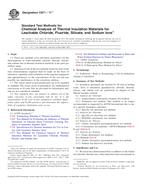
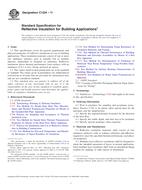 ASTM C1224-11
ASTM C1224-11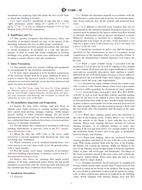 ASTM C1320-10
ASTM C1320-10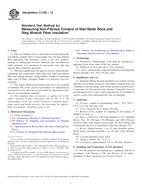 ASTM C1335-12
ASTM C1335-12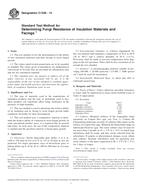 ASTM C1338-14
ASTM C1338-14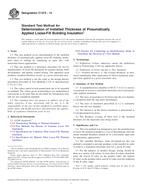 ASTM C1374-14
ASTM C1374-14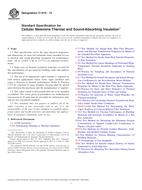 ASTM C1410-13
ASTM C1410-13
 Cookies
Cookies
